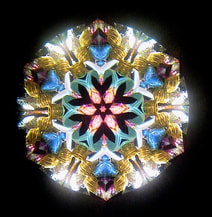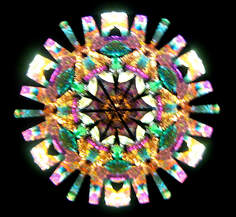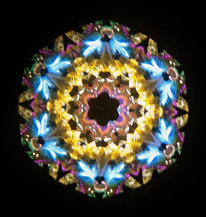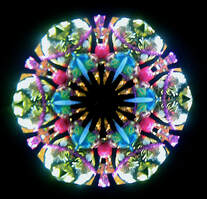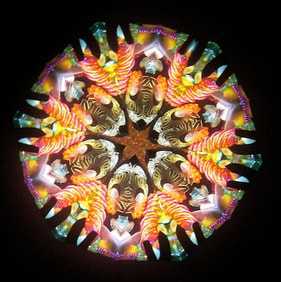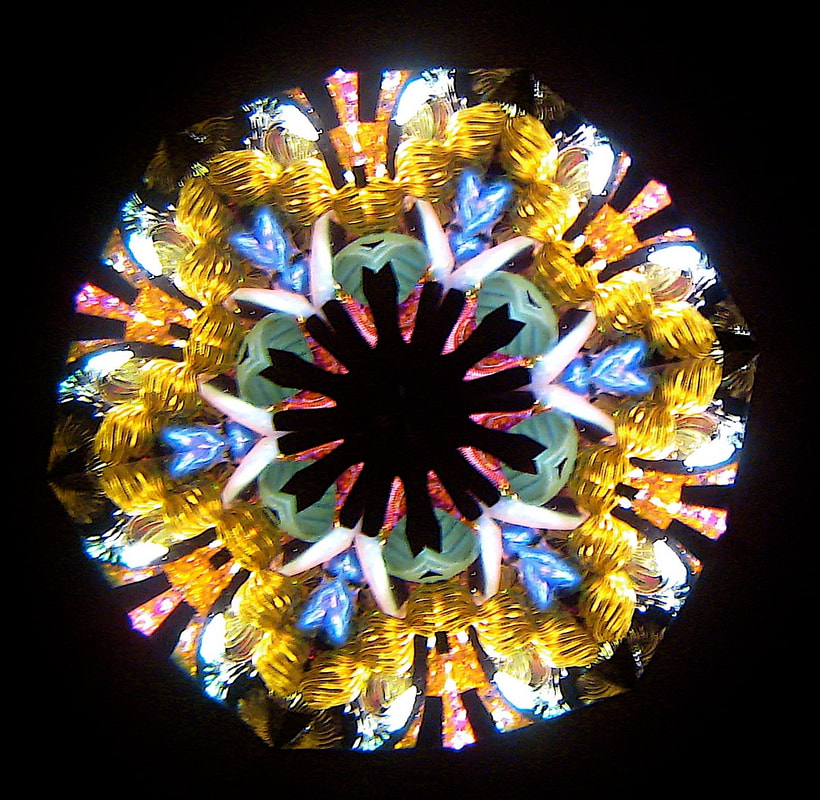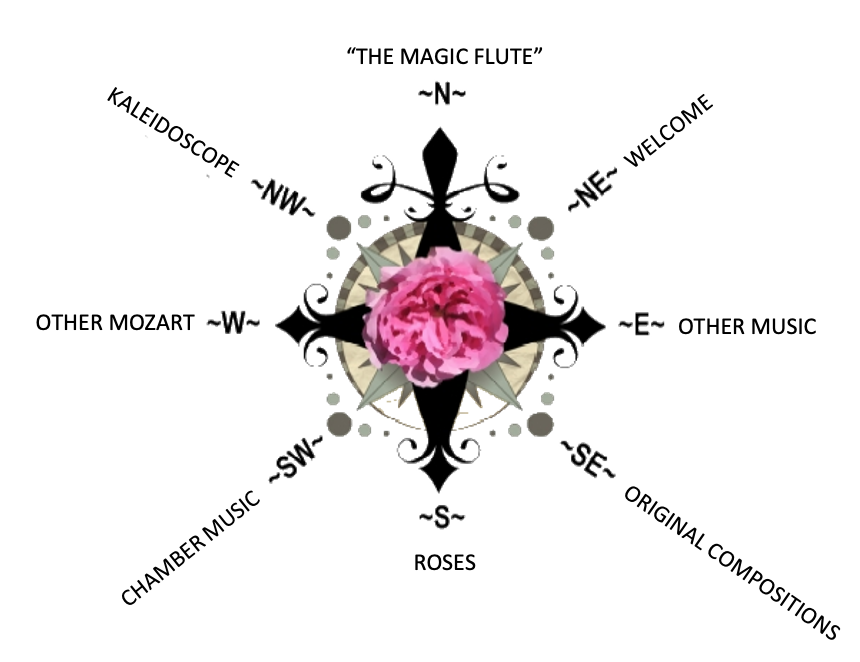- Home
- N - The Magic Flute
- NE - Welcome!
-
E - Other Music
- E - Music Genres >
- E - Composers >
-
E - Extended Discussions
>
- Allegri: Miserere
- Bach: Cantata 4
- Bach: Cantata 8
- Bach: Chaconne in D minor
- Bach: Concerto for Violin and Oboe
- Bach: Motet 6
- Bach: Passion According to St. John
- Bach: Prelude and Fugue in B-minor
- Bartok: String Quartets
- Brahms: A German Requiem
- David: The Desert
- Durufle: Requiem
- Faure: Cantique de Jean Racine
- Faure: Requiem
- Handel: Christmas Portion of Messiah
- Haydn: Farewell Symphony
- Liszt: Évocation à la Chapelle Sistine"
- Poulenc: Gloria
- Poulenc: Quatre Motets
- Villa-Lobos: Bachianas Brazilieras
- Weill
-
E - Grace Woods
>
- Grace Woods: 4-29-24
- Grace Woods: 2-19-24
- Grace Woods: 1-29-24
- Grace Woods: 1-8-24
- Grace Woods: 12-3-23
- Grace Woods: 11-20-23
- Grace Woods: 10-30-23
- Grace Woods: 10-9-23
- Grace Woods: 9-11-23
- Grace Woods: 8-28-23
- Grace Woods: 7-31-23
- Grace Woods: 6-5-23
- Grace Woods: 5-8-23
- Grace Woods: 4-17-23
- Grace Woods: 3-27-23
- Grace Woods: 1-16-23
- Grace Woods: 12-12-22
- Grace Woods: 11-21-2022
- Grace Woods: 10-31-2022
- Grace Woods: 10-2022
- Grace Woods: 8-29-22
- Grace Woods: 8-8-22
- Grace Woods: 9-6 & 9-9-21
- Grace Woods: 5-2022
- Grace Woods: 12-21
- Grace Woods: 6-2021
- Grace Woods: 5-2021
- E - Trinity Cathedral >
- SE - Original Compositions
- S - Roses
-
SW - Chamber Music
- 12/93 The Shostakovich Trio
- 10/93 London Baroque
- 3/93 Australian Chamber Orchestra
- 2/93 Arcadian Academy
- 1/93 Ilya Itin
- 10/92 The Cleveland Octet
- 4/92 Shura Cherkassky
- 3/92 The Castle Trio
- 2/92 Paris Winds
- 11/91 Trio Fontenay
- 2/91 Baird & DeSilva
- 4/90 The American Chamber Players
- 2/90 I Solisti Italiana
- 1/90 The Berlin Octet
- 3/89 Schotten-Collier Duo
- 1/89 The Colorado Quartet
- 10/88 Talich String Quartet
- 9/88 Oberlin Baroque Ensemble
- 5/88 The Images Trio
- 4/88 Gustav Leonhardt
- 2/88 Benedetto Lupo
- 9/87 The Mozartean Players
- 11/86 Philomel
- 4/86 The Berlin Piano Trio
- 2/86 Ivan Moravec
- 4/85 Zuzana Ruzickova
-
W - Other Mozart
- Mozart: 1777-1785
- Mozart: 235th Commemoration
- Mozart: Ave Verum Corpus
- Mozart: Church Sonatas
- Mozart: Clarinet Concerto
- Mozart: Don Giovanni
- Mozart: Exsultate, jubilate
- Mozart: Magnificat from Vesperae de Dominica
- Mozart: Mass in C, K.317 "Coronation"
- Mozart: Masonic Funeral Music,
- Mozart: Requiem
- Mozart: Requiem and Freemasonry
- Mozart: Sampling of Solo and Chamber Works from Youth to Full Maturity
- Mozart: Sinfonia Concertante in E-flat
- Mozart: String Quartet No. 19 in C major
- Mozart: Two Works of Mozart: Mass in C and Sinfonia Concertante
- NW - Kaleidoscope
- Contact
KALEIDOSCOPE
Quick Links
|
Featured Guest: Alfred Whittaker
|
Commentary:
|
Welcome to the Kaleidoscope Site
The kaleidoscope is a wonderful device. It fascinates us with its images’ symmetry, formed by reflections of numerous small bits collected in its “lens”. We are mesmerized by the array of colors and shapes the images form and re-form. The kaleidoscope provides a ready metaphor for ever-shifting relationships between diverse objects as they react to the slightest change in balance, angle, or motion. The objects in the lens don’t change; their positions with respect to each other do. When these changes occur, we are treated to new images, different configurations of shapes and colors, and new ways to appreciate those tiny elements within the lens.
This “Kaleidoscope” section of MozartsRoses.com is so named because in it I intend to offer a variety of “bits” that will create a variety of topics of interest to me: new ways to consider one particular work of art—Mozart’s Magic Flute, my hobbies, my travels, and other facets of my life.
Over the years I have looked at The Magic Flute, a fascinating work, through seemingly remote cultural paths—that is, using a multidisciplinary approach. Here, in my essay “Overview of The Magic Flute” for “Kaleidoscope”, I have reviewed my own understanding of some of the many cultural threads in the opera, and I have also summarized a variety of approaches which other scholars have taken to explore the opera since about 1950. One of these approaches is through the history of science. For this approach I am delighted to be able to have the good offices of Dr. Alfred Whittaker, an internationally reputed British geologist who has examined the opera in light of the history of his discipline. In the section featuring the history of his career I will provide a brief explanation of how I became acquainted with this exceptional man, whom I consider a valued colleague.
As will be apparent in Dr. Whittaker’s article “Mineralogy and Magic Flute” here in “Kaleidoscope”, the popular theater of Mozart’s time attracted not only actors and musicians but also professionals in scientific disciplines. How that fact affects The Magic Flute is nothing short of remarkable. I commend his article to your attention. It is likely to change your understanding of Mozart’s opera profoundly.
Other articles in preparation for “Kaleidoscope” are intended to form a foundation for enjoying the opera: “Basics”, listing characters, times, places, and so forth; and a brief reading list. Future contributions to “Kaleidoscope” will be forthcoming as they become available.
In recent days, I have added glimpses of my “non-scholarly” life to the Kaleidoscope section. I call this subsection “Whimsy” because it is so varied and perhaps uncharacteristically apart from my formal, scholarly persona. A favorite hobby I’ve been enjoying is decorating eggs—a craft which greatly challenges my visual creativity and relaxes me as I consider beautiful colors, spacial plans, and decorative treatments for the common egg. I include also photos of special places that I’ve visited, or scenes in my home vicinity.
Finally, two sections are devoted to interesting and one-of-a-kind objects (Unusual Artifacts) and some fascinating musical byways in performance which I encountered in my research apart from The Magic Flute.
I hope you will find “Kaleidoscope” as exciting to explore as I have found it to create!
Choose Your Direction
The Magic Flute, II,28.
